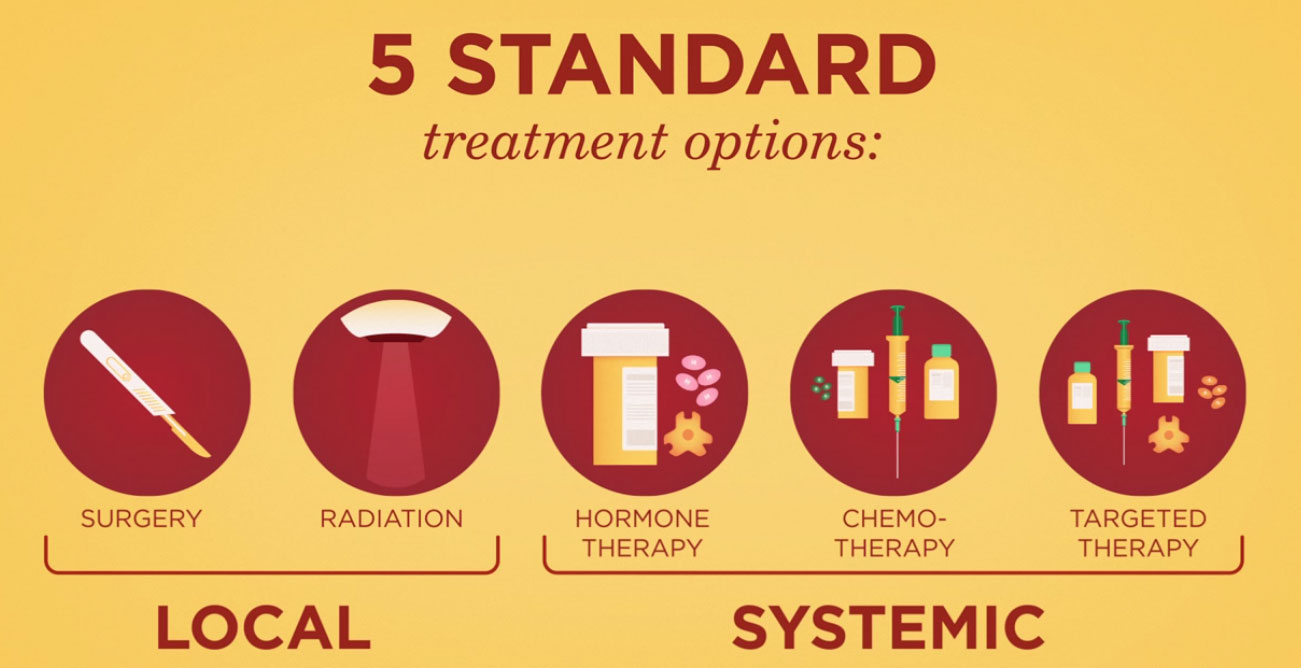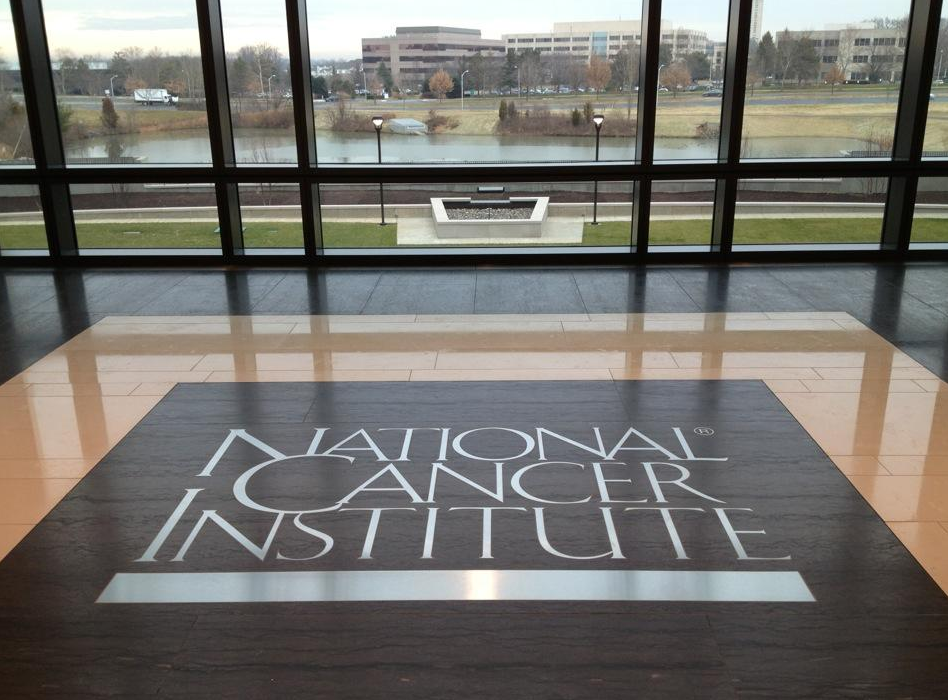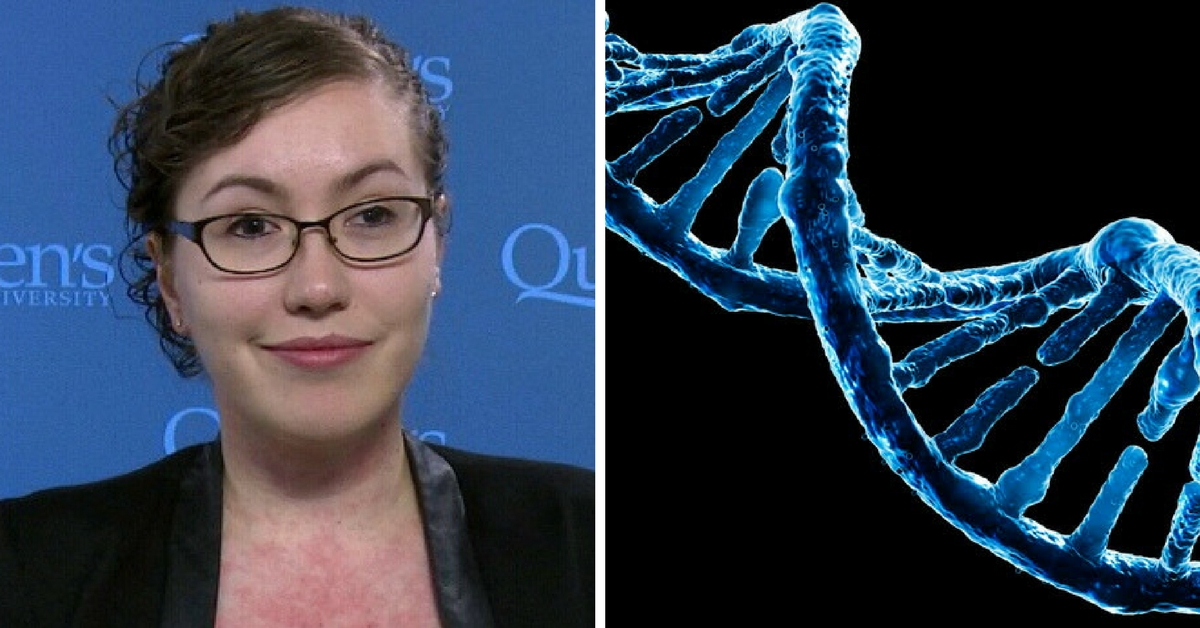Cancer sucks. I am pretty sure that that is one sentiment that the entire world can agree on. It is a devastating disease that can come out of nowhere to absolutely destroy families. Up until recently there were only so many options for treatments, and none of them were guaranteed to cure the disease.

No one had been able to figure out how to stop the disease in its tracks in order to give those diagnosed with it the best fighting chance to survive, that is until recently.

Caitlin Miron, a 28-year-old PhD student from Queen's University, in Canada, has been studying under Dr. Jean-Louis Mergny at the European Institute of Chemistry and Biology in Bordeaux, came up with the concept while she was working with DNA "binders."

"It's incredibly exciting because researchers have been trying to identify DNA binders with properties like this one for more than two decades," Miron said. "It's so new, we've had to devise our own techniques for analyzing and testing it."
It does sound like a lot of medical and technical jargon that the common person is unlikely to understand, but Miron did manage to put it in terms that we could all understand.
"Think of a necklace as a DNA chain and imagine beads that move freely down the chain until they hit a knot in the necklace," she said. "The beads moving down are the cell machinery that's going to process parts of the DNA, and translate it to proteins that will have [cancerous] effects in cells and tissues."
It wont be available for some time, but they are working on adapting it for use in humans...
This week Miron was presented with Mitacs Award for Outstanding Innovation "“ PhD, in Ottawa Canada, and we can't think of someone more deserving of such an award.
Researchers have spent over a decade trying to figure out how to use "binders" as a treatment for cancer, but Miron is the first one to find a "binder" that could actually work.
The U.S. National Cancer Institute has given out positive feedback on Miron's discovery, and they expect that the compound will be ready for licensing by pharmaceutical companies anywhere in the next 2-8 years.

"We are seeing therapeutic benefits in that cancer growth is reduced in some of the cell lines," Miron said. "The next step is to determine the best way to adapt this compound for use in humans."

